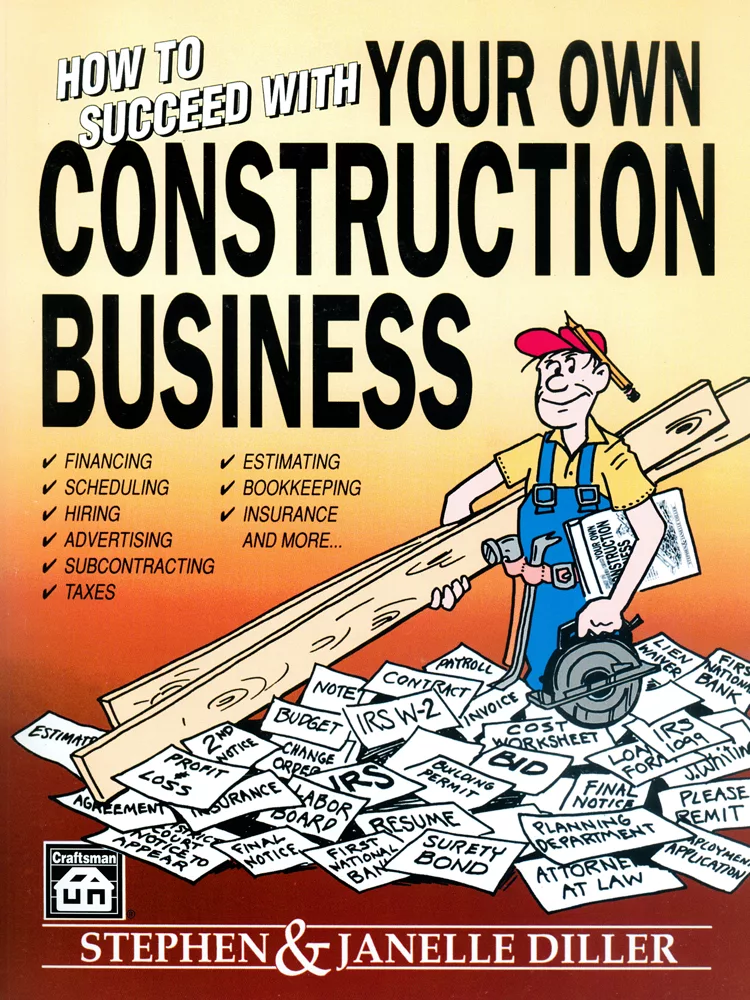Understanding Roofing-Business Financials
As a whole, contractors don’t understand or aren’t very interested in accounting. Sadly, understanding financial information isn’t all that complicated if your data is recorded in a useful format. Many of the statements we receive from contractors are in jumbled accounting formats. To make matters worse, a family member or office person often does the books but receives little input from the owner. All too frequently, they’re just chunking numbers into a chart of accounts.
Estimating is much harder than accounting. Estimating is predicting cost and requires multiplication and production rates. Accounting is merely addition and subtraction, and is the actual tally of expenses after they’ve occurred. To have a profit and loss statement that makes sense, you should use a format that matches your estimating logic. For example, do you record superintendent cost with field labor or as part of overhead? The correct answer depends on where you included that cost when you bid the job. If it was included in field labor, you should record the cost in field labor. If you included it in your fixed overhead markup, it should be included in fixed overhead.
There are two kinds of cost and six categories within those two types. These two types are overhead and direct costs.
Overhead or indirect costs: These are the costs that are difficult to charge to a given job such as office rent, administrative costs, gasoline, vehicle maintenance, depreciation, telephone, etc.
There are two kinds of overhead costs:
Fixed overhead:These are costs that are fixed regardless of the amount of work you do. For example, your rent stays the same regardless of the number of jobs you’re performing. You can change your rent by moving to a larger or smaller building, but that isn’t quickly or easily done.
Variable overhead:These are costs that can’t easily be tied to jobs but fluctuate directly to the amount of volume you’re doing. For example, the more work you do, the more gasoline and tools you need.
Direct costs:These are job costs or items that can be charged directly to a given job. Four broad categories are listed below, but you can have multiple accounts in each category.
Field labor:This is for labor that’s performed in the field to install jobs. It should also include payroll taxes and workers comp. While labor as a direct post can be hard to assign to a given job, both are a percentage of labor and are applied as labor burden when a contractor bids work. Field labor shouldn’t include admin salaries, as they are part of fixed overhead. If your field workers are paid in the winter or on a rainy day, that should be charged to fixed overhead as downtime and budgeted each year.
Subcontractors:Subcontractors merely take the place of field labor.
Material:This is the material the customer bought as part of the job that’s left on the jobsite, such as paint, shingles and lumber.
Special Job Costs:These are one-time expenses such as equipment rental or travel pay which should be charged to that job. If you didn’t have the particular job, you wouldn’t have the expense.
Profit and loss statements tell you if you’re making or losing money. Balance sheets tell you where the money is located. Profit and loss statements look like checkbooks but aren’t checkbooks. Just because your business made $100,000 doesn’t mean that $100,000 is in the bank. It might be tied up in accounts receivable or a piece of equipment you purchased.
Balance sheets seem confusing because they say your assets must add up to your liabilities and equity. This can be a little baffling at first, but balance sheets really read much like a mortgage.
Assets are what you own. Liabilities are what you owe. Equity is the balance or what you own minus what you owe.
Suppose your house is an asset and worth $300,000. Your liability is your mortgage; suppose you owe $200,000, then your equity is $100,000. So what you owe on your house plus the equity in your house adds up to the total value of your house.
If your balance sheet shows a negative equity, that might mean you have been losing money and taking loans out to cover those losses. Or you might be taking distributions out of your business which are more than the actual profit or equity of the business. In other words, your business owes more than it’s worth. Just like if you had a house mortgage that was more than the value of the actual house. Why is this important? Well, to some degree, you’re building a pyramid scheme. Eventually, this is going to catch up with you, and you’re going to go broke.
Don’t let your accountant lose you in technical jargon. Ask questions and dig into your financials. The only way to understand them is to ask questions and work at it. Too many contractors have snow blindness when it comes to financials. They look at them and say, “I can’t understand this,” and they never do. You never will if you don’t try, and it really isn’t all that hard.
Looking for a reprint of this article?
From high-res PDFs to custom plaques, order your copy today!





